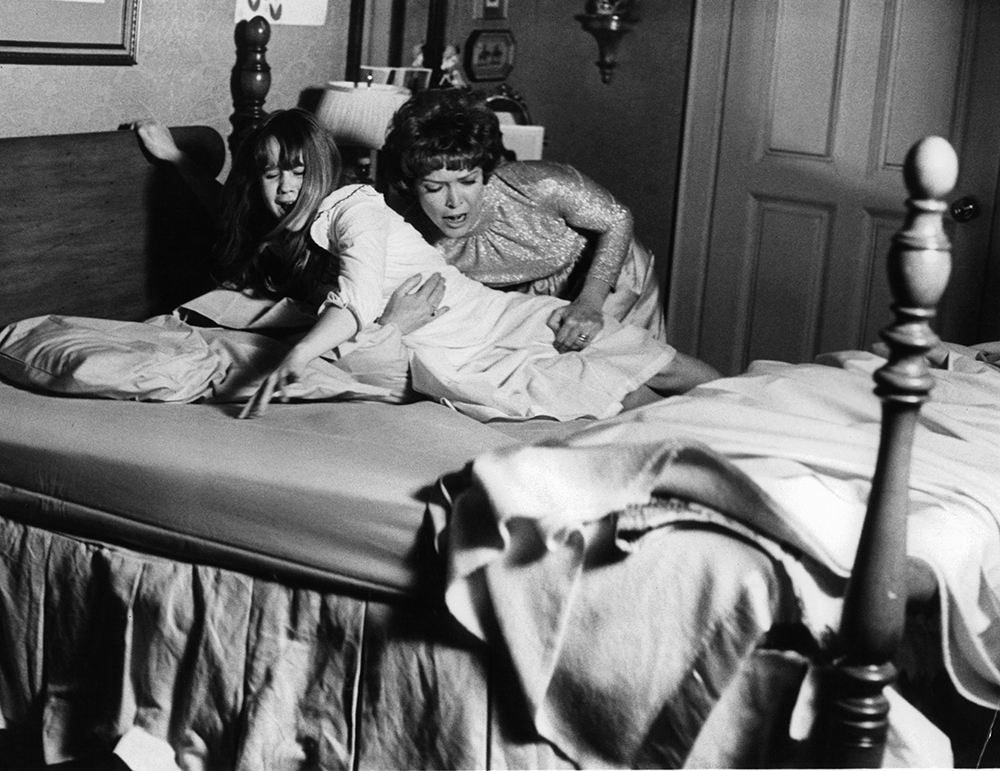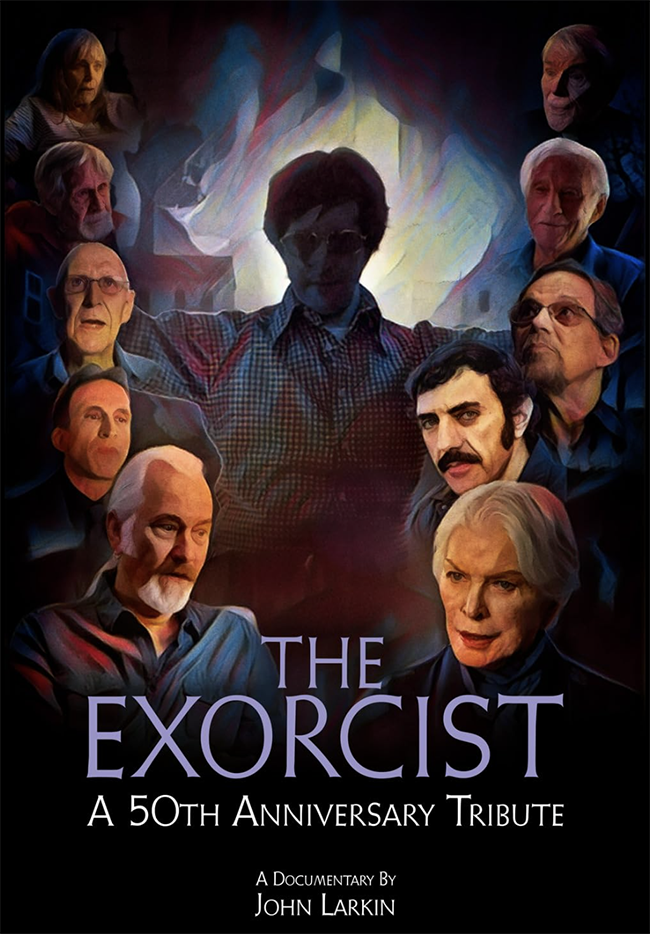
PROSPECT HEIGHTS — John Larkin would not watch “The Exorcist” when he was a kid. He was in his pre-confirmation studies at the Immaculate Heart of Mary Church in Scarsdale when the original 1973 film was re-released in 2000, and its reputation was so frightening that he couldn’t bring himself to see it.
That changed in 2018, when Larkin, 35, found a book in his garage about the making of the movie. Feeling compelled to read it, he came away enthralled, particularly by how it enhanced his own perception of faith, and he finally watched it.
That led him on a five-year journey, during which he interviewed actors, priests, and die-hard fans of “The Exorcist” to help him craft a new documentary about the iconic story.
“When you are inspired by a piece of art, you want to imitate it. You want to do something to express some love for it,” Larkin said.
Larkin, raised in Westchester County, is now looking to release his documentary, “Fear & Love in Georgetown: 50 Years of The Exorcist,” timed to the original’s golden jubilee. Looking beyond the gory Hollywood dramatics, Larkin explores how “The Exorcist” reveals the strength of faith and how in the face of evil, the power of God and prayer prevails.
Msgr. Stephen Rossetti, a priest of the Diocese of Syracuse who has been an exorcist for more than 15 years, says that exorcisms fundamentally show this power.
As founder and president of the St. Michael Center for Spiritual Renewal, which he runs with the support of the Archdiocese of Washington, Msgr. Rossetti performs around 25 deliverance sessions each week for those who are experiencing some level of demonic possession.
Unlike what was depicted in “The Exorcist,” it takes at least six months for the full expulsion of a demonic presence, and even more than three years in cases of full demonic possession, Msgr. Rossetti explained.
“By the grace of God, that person becomes an inhospitable host for demons. It’s a long, slow process of sanctifying the individual,” Msgr. Rossetti added.
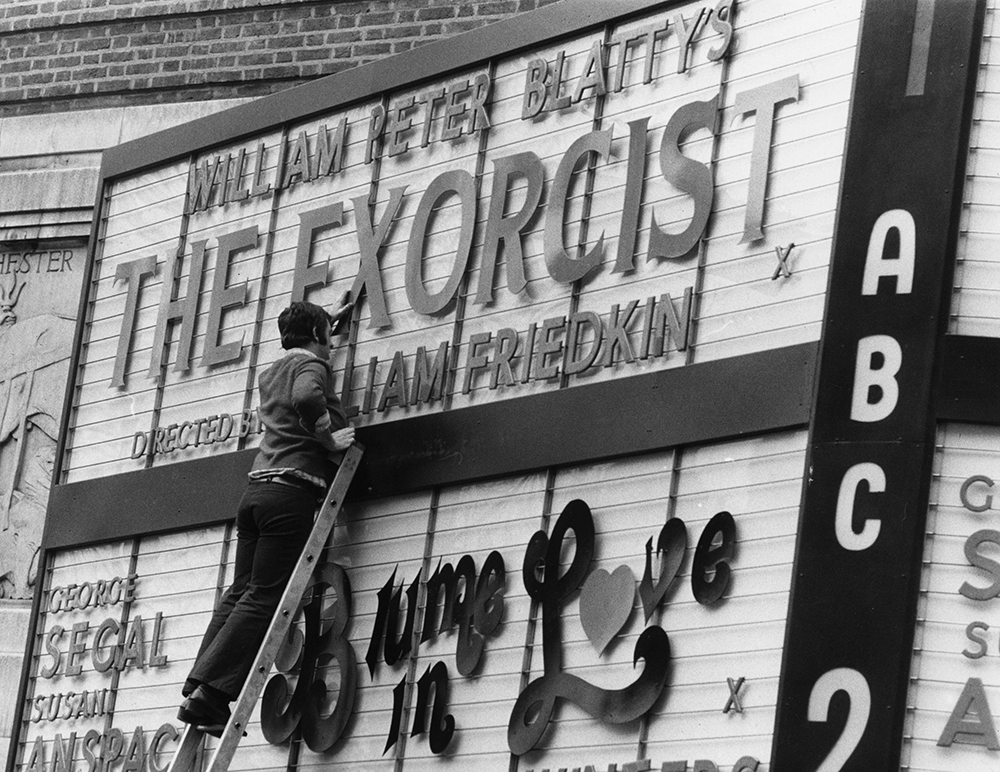
Most people who have demonic presence, he noted, are not fully possessed; beyond the weekly sessions of prayer, they must also begin attending Mass, partake of the Eucharist, and are advised to pray the rosary, along other life conversions.
The grotesque imagery of head-turning and projectile vomiting made famous by actress Linda Blair does not occur during these sessions, Msgr. Rossetti said, while noting that he has seen possessed subjects levitate.
“There are all sorts of wild, strange happenings, so some of that is true. But they [the movie-makers] took it to an extreme,” he added.
Larkin, a graduate of the School of Visual Arts, said he was also motivated to make his documentary after learning that “The Exorcist” so frightened his father, who had fallen away from his faith, that he began attending church regularly again.
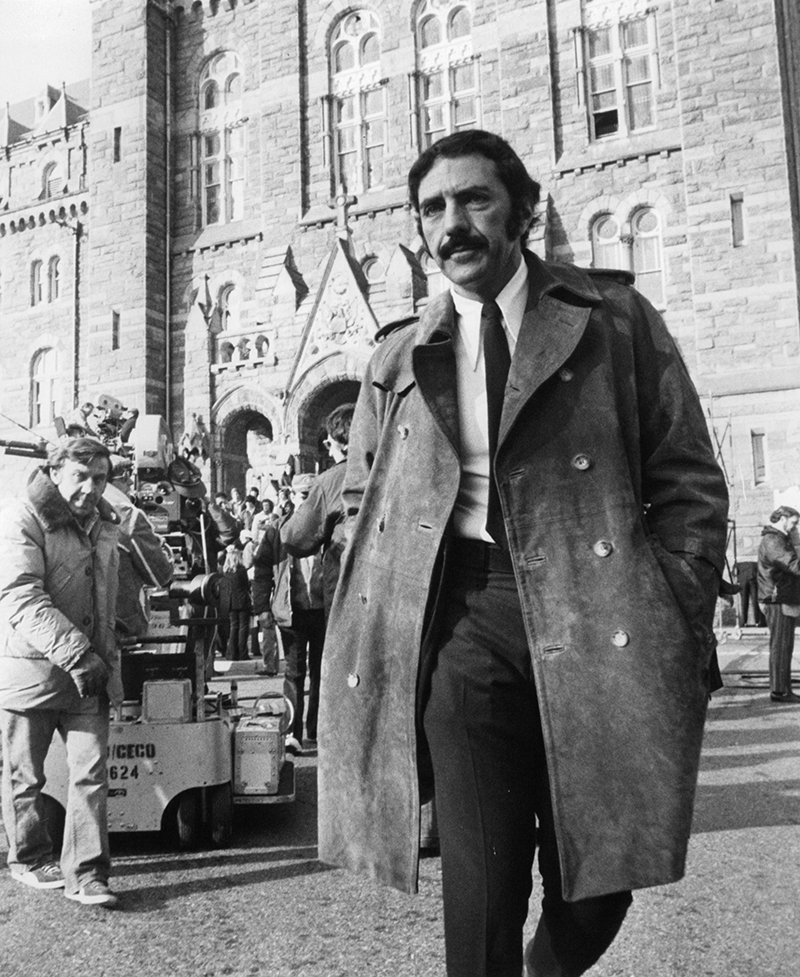
The terrifying aspect of the original film, Larkin said, is that it is grounded in reality. The Catholic Church authorizes the use of exorcism, a specific form of prayer, for those believed to be victims of demonic possession. Dioceses have different protocols to respond to those claiming to be demonically possessed, which include an assessment to determine their true medical and psychological state.
“To be clear, the actual determination of whether a member of the faithful is genuinely possessed by the devil is made by the Church, even if individuals claim to be possessed through their own self-diagnosis or psychosis,” the U.S. Conference of Catholic Bishops (USCCB) states.
That, however, does not mean that “The Exorcist” was well-received when it first debuted in theaters. The USCCB Office of Film and Broadcasting publicly condemned the film, stating that it was unsuitable for a wide audience. Since then, however, priests and laypeople alike have issued positive reviews of “The Exorcist.”
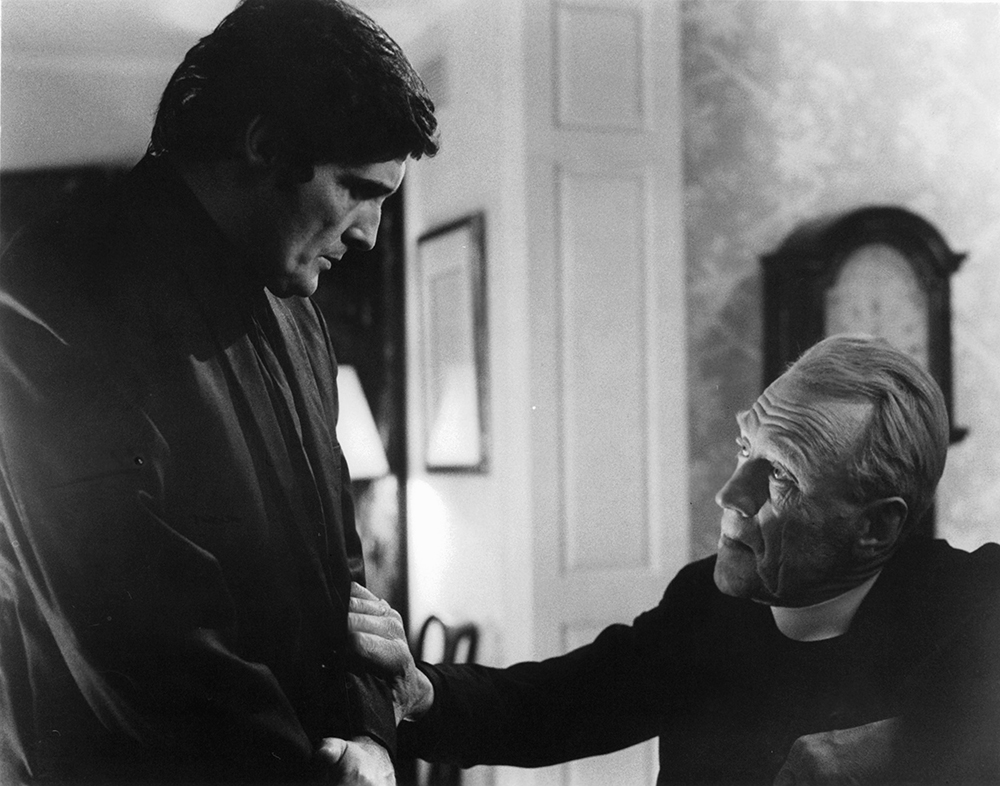
Msgr. Donald Sakano, the former pastor of St. Patrick’s Old Cathedral in Manhattan, thought director William Friedkin was “genius” in orchestrating “The Exorcist,” finding a balance in displaying the horror of demonic possession within the limits of cinema.
“The overarching theme of how evil can be so vivid and so pronounced in an ordinary house, in a little girl’s bedroom, is really the stark thing that unsettles people and causes them to watch over their shoulders,” Msgr. Sakano said.
The official 50th anniversary of “The Exorcist” falls on Dec. 26. A release date is in the works for Larkin’s documentary. As its current title hints, Larkin feels that “The Exorcist” boils down to two core emotions: fear and love.
“Ultimately, it is a human story,” he said. “Those are the basic emotions that rule humanity.”
Larkin is currently working with Film Bridge International, and he hopes to find an interested buyer soon.
The trailer can be found at youtube.com/watch?v=ORxOAQ9XmR4
